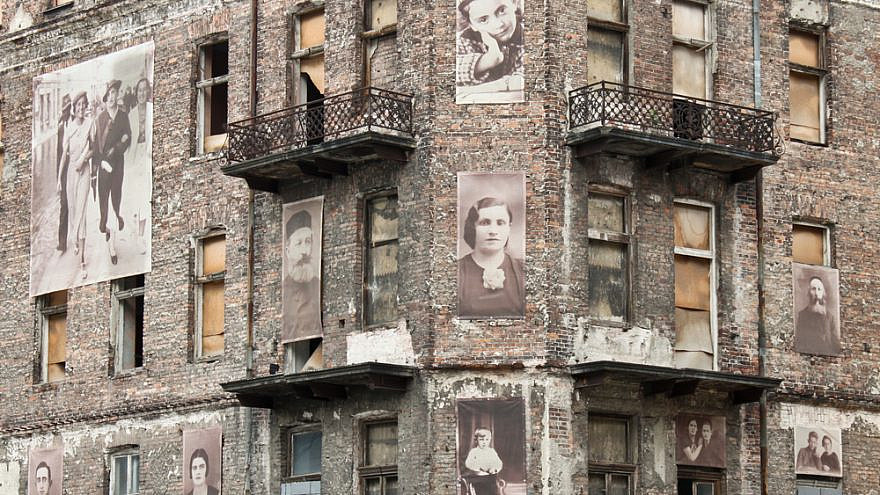A new monument in Poland that honors a Holocaust-era archive compiled by Jews who lived in the Warsaw Ghetto was unveiled on Monday on the 78th anniversary of the Warsaw Ghetto Uprising.
The monument, a glass cube placed above an underground chamber, stands on the same ground where the collection was buried in secret in 1942, AFP reported.
On display inside the cube is a will from the archive that was handwritten by Dawid Graber, a 19-year-old who helped hide the documents from the Nazis. The will, written on a page torn out of a school book, states that “what we were not able to pass through our cries and screams, we hid underground.”
Nazi Germany created the ghetto after it invaded Poland on Sept. 1, 1939. Between July and September 1942, the Nazis deported or murdered as many as 300,000 Jews in the ghetto. By early 1943, those left numbered between 70,000 and 80,000. On April 19, 1943, a band of Jews led an armed revolt against the German authorities, keeping them at bay until May 16, when they were defeated and rounded up.
The materials were collected and buried by a group of activists called “Oyneg Shabbes” (“Sabbath Pleasure”). The archive is currently on display in the Jewish Historical Institute in Warsaw. All documents have been digitized and are available online.
On Monday, the first stone was laid for a monument to honor the members of “Oyneg Shabbes” at the Jewish Cemetery in Warsaw.


























